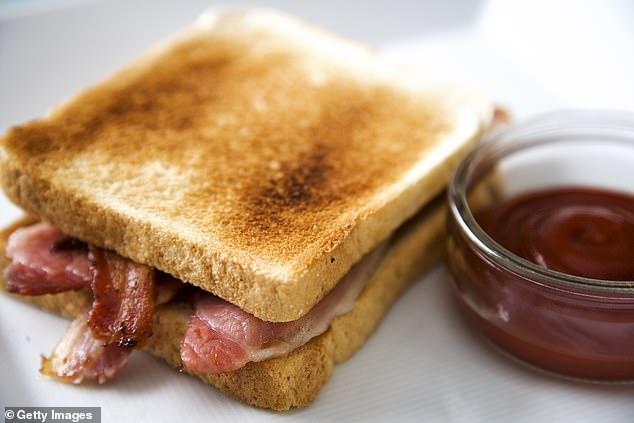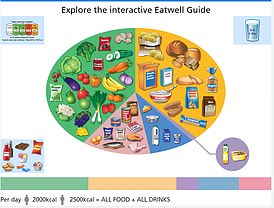Table of Contents
Most of us enjoy a bacon sandwich, sausage sandwich or takeaway curry from time to time, even if we know they’re not the best if we’re watching our weight.
Now, a study has revealed how to get the body to use them for fuel instead of storing them as fat.
Researchers have found that exercising consistently for just five hours a week changes the way the body burns saturated fat and prompts it to use it for energy.
A team from the University of Aberdeen investigated how the body uses different types of fat, depending on the individual’s fitness level.
They recruited two groups: “super healthy” male athletes and men with type 2 diabetes who did little or no exercise. Both groups swapped exercise regimens for eight weeks.
Researchers have found that exercising consistently for just five hours a week changes the way the body burns saturated fat and prompts it to use it for energy.
The athletes underwent “deconditioning” in which they went from exercising vigorously for at least nine and a half hours per week to not exercising at all.
Meanwhile, people with type 2 diabetes underwent resistance training in which they exercised five hours a week.
Before and after the lifestyle change, volunteers received small amounts of different fats via injection and underwent MRI scans to see how the fat behaved inside their muscle cells.
The results showed that the type 2 diabetes group lost weight, improved their insulin sensitivity, and reduced their cholesterol, triglycerides, and fasting glucose levels.
The team also found that athletes heavily used saturated fat for physical activity as a “preferred source of energy.”
Lead author Professor Dana Dawson said: “We found that athletes store and use saturated fat intensively for high-performance physical activity and, conversely, in people with type 2 diabetes, we see predominant storage.”
“We also showed in people with type 2 diabetes that resistance training increased the storage and utilization of saturated fat in skeletal muscle cells to the point that they became similar to unconditioned athletes after eight weeks of training.
“Overall, the most striking and completely new perspective we have taken from this study is that a one-size-fits-all solution ‘does not fit all’ and that one’s cardiometabolic health dictates how effectively different fats can be used as fuel. ‘
Professor Bryan Williams, scientific and medical director of the British Heart Foundation, which supported the research, said: “This small study reinforces the benefits of staying active for our heart health.
“While the study compared two very specific groups (male athletes and men with type 2 diabetes), the findings offer reassurance that physical activity can improve how the body uses different types of fat.”
Fergus McKiddie, 56, from Aberdeenshire, took part in the event in the athlete category.
McKiddie, who works for NHS Grampian, is in peak physical condition and leads an active lifestyle including running, cycling and weight training, which made him a perfect candidate for the swap.
He said: ‘My mother-in-law had type 2 diabetes for many years before developing vascular dementia.
‘So I felt I should try to help in any way I could to try to make progress in understanding and treating the disease.
‘It was a shock to the system to go from exercising every day to doing nothing and took a bit of getting used to. But I’m glad to have contributed to this exciting result.
‘My perspective on how I eat now has changed: I’m less worried about eating natural fats because I better understand how my body handles them and uses them correctly.
‘He also highlighted the importance of exercise for everyone, especially those with type 2 diabetes, so I would like more people to know that.
“It was a very interesting experience and produced an exciting result that potentially opens up new ways to help the increasing number of patients diagnosed with type 2 diabetes.”
The findings were published in the journal Nature Communications.


